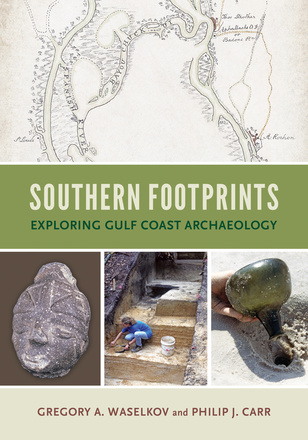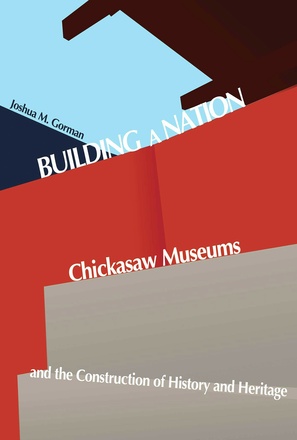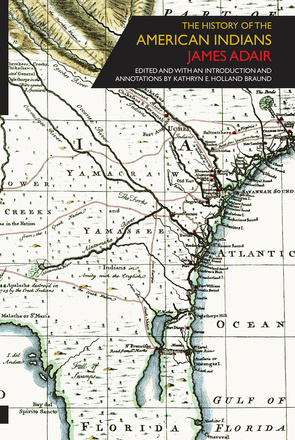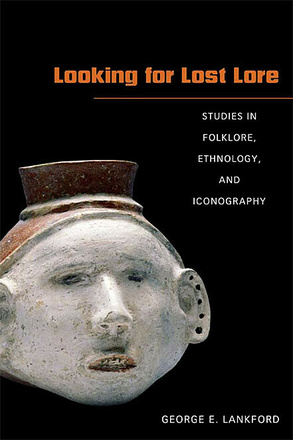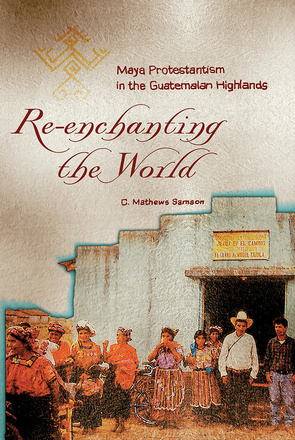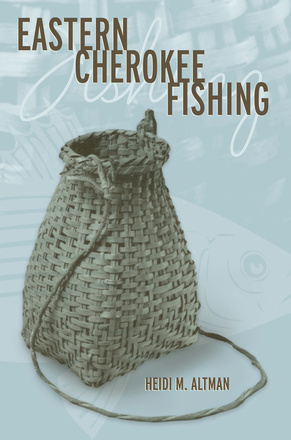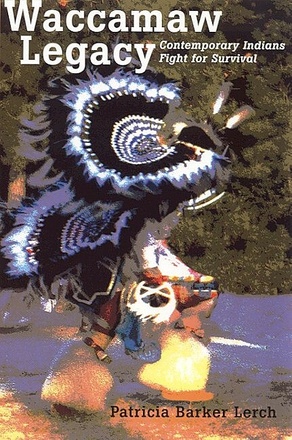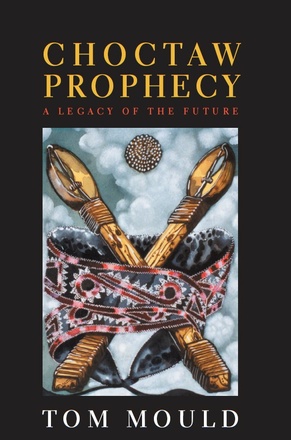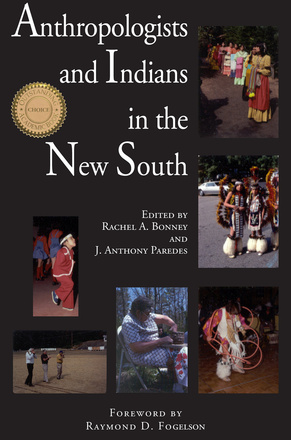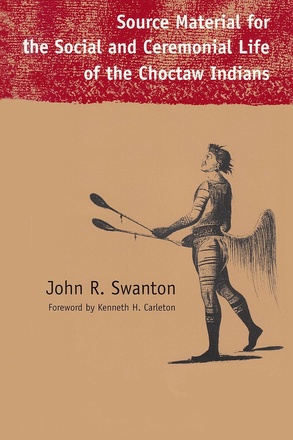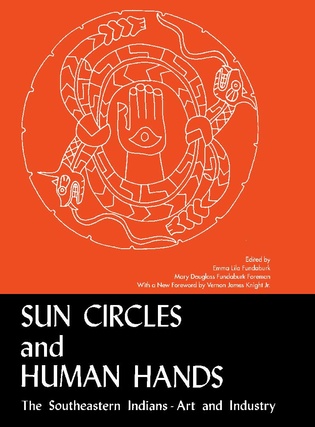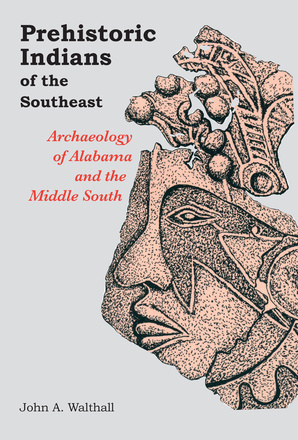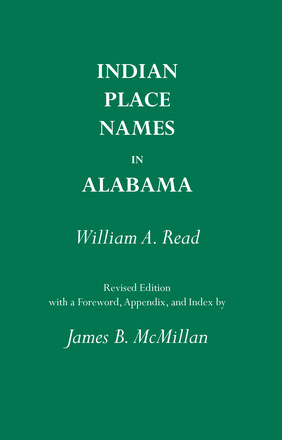Sounds of Tohi
Cherokee Health and Well-Being in Southern Appalachia
Warriors Without War
Seminole Leadership in the Late Twentieth Century
Building a Nation
Chickasaw Museums and the Construction of History and Heritage
Using museum and heritage sites as places to define itself as a coherent and legitimate contemporary Indian nation, the Chickasaw Nation struggles to remain accurate and yet apace with the evolving nature of museums
Inside the Eagle's Head
An American Indian College
The Southwestern Indian Polytechnic Institute (SIPI) is a self-described National American Indian Community College in Albuquerque, New Mexico that is operated by the Bureau of Indian Affairs, an agency of the U.S. government that has overseen and managed the relationship between the government and American Indian tribes. This book looks at the Institute in detail.
The History of the American Indians
Looking for Lost Lore
Studies in Folklore, Ethnology, and Iconography
Re-Enchanting the World
Maya Protestantism in the Guatemalan Highlands
Against the backdrop of the 36-year civil war that ended in 1996 and the rise of the indigenous Maya Movement in the late 1980s, this work provides a unique portrait of social movements, cultural and human rights, and the role that religion plays in relation to the nation-state in post-conflict political processes. Re-enchanting the World fills a niche within the anthropological literature on evangelicals in Latin America during a time of significant social change.
Osceola's Legacy
"Through the newly discovered diary of the surgeon who attended Osceola on his death bed and the innovative use of cultural artifacts and graphic images, this investigation explodes the myth of Osceola and introduces the man in both a historical and an anthropological context."--Book Alert
Eastern Cherokee Fishing
Cherokee identity as revealed in fishing methods and materials.
Osage Indian Customs and Myths
The only published record available of the oral cultural traditions of the Osage people.
Waccamaw Legacy
Contemporary Indians Fight for Survival
An insightful and informative look into the Waccamaw Siouan's quest for identity and survival
Choctaw Prophecy
A Legacy for the Future
Explores the power and artistry of prophecy among the Mississippi Band of Choctaw Indians, who use predictions about the future to interpret the world around them
Anthropologists and Indians in the New South
Source Material for the Social and Ceremonial Life of the Choctaw Indians
Long considered the undisputed authority on the Indians of the southern United States, anthropologist John Swanton published this history as the Smithsonian Institution's Bureau of American Ethnology (BAE) Bulletin 103 in 1931. Swanton's descriptions are drawn from earlier records—including those of DuPratz and Romans—and from Choctaw informants. His long association with the Choctaws is evident in the thorough detailing of their customs and way of life and in his sensitivity to the presentation of their native culture.
Sun Circles and Human Hands
The Southeastern Indians Art and Industries
From utilitarian arrowheads to beautiful stone effigy pipes to ornately-carved shell disks, the photographs and drawings in Sun Circles and Human Hands present the archaeological record of the art and native crafts of the prehistoric southeastern Indians, painstakingly compiled in the 1950s by two sisters who traveled the eastern United States interviewing archaeologists and collectors and visiting the major repositories. Although research over the last 50 years has disproven many of the early theories reported in the text—which were not the editors' theories but those of the archaeologists of the day—the excellent illustrations of objects no longer available for examination have more than validated the lasting worth of this popular book.
Prehistoric Indians of the Southeast
Archaeology of Alabama and the Middle South
This book deals with the prehistory of the region encompassed by the present state of Alabama and spans a period of some 11,000 years—from 9000 B.C. and the earliest documented appearance of human beings in the area to A.D. 1750, when the early European settlements were well established. Only within the last five decades have remains of these prehistoric peoples been scientifically invest
Indian Place Names in Alabama
"What is the 'meaning' of names like Coosa and Tallapoosa? Who named the Alabama and Tombigbee and Tennessee rivers? How are Cheaha and Conecuh and Talladega pronounced? How did Opelika and Tuscaloosa get their names? Questions like these, which are asked by laymen as well as by historians, geographers, and students of the English language, can be answered only by study of the origins and history of the Indian names that dot the map of Alabama.—from the Foreword
Originally published by Professor Read in 1937, this volume was revised, updated, and annotated in 1984 by James B. McMillan and remains the single best compedium on the topic.

